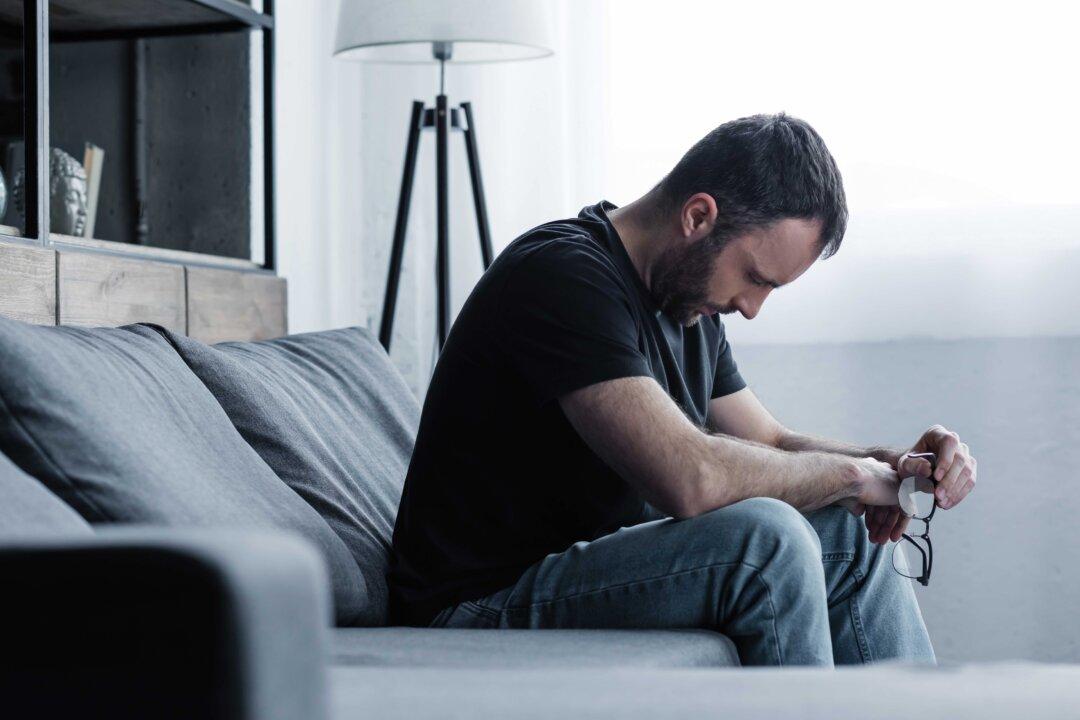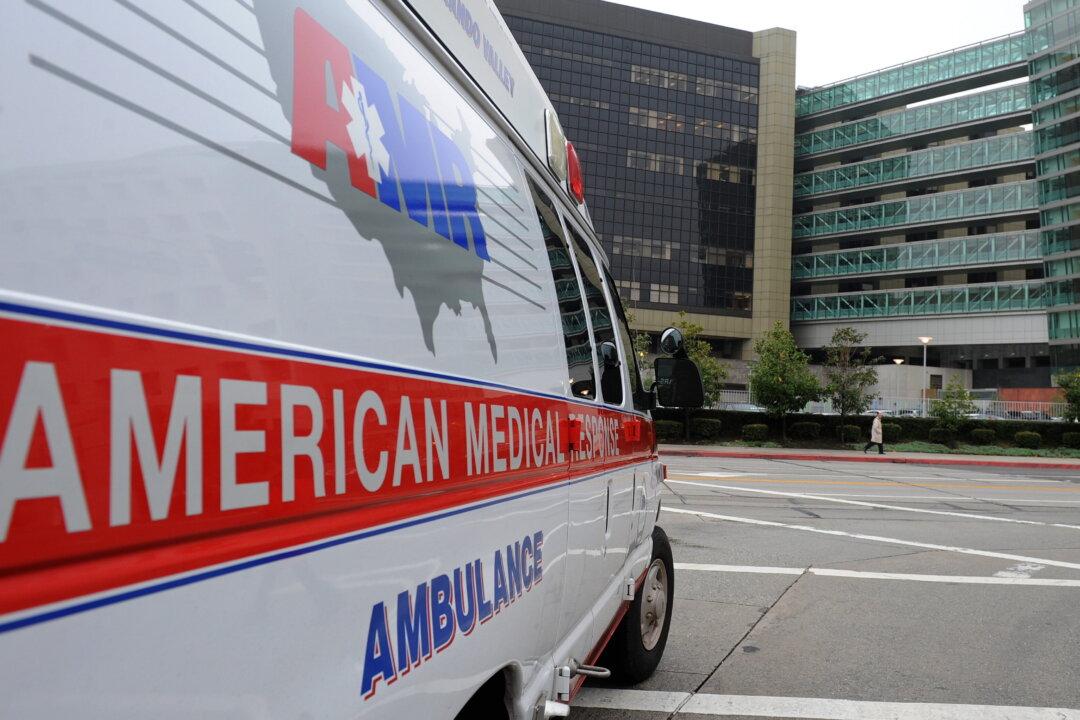Mental health issues such as depression and anxiety can be exacerbated throughout the holidays and can carry over into January, according to an Alabama mental health counselor and clinical director.
“I always tell people to begin checking in with friends and family more frequently starting in November until the end of January,” said Malissa Galliher, a clinical director and counselor at JBS Mental Health Authority, a regional mental health facility that serves three counties in Alabama: Jefferson, Blount, and St. Clair.





